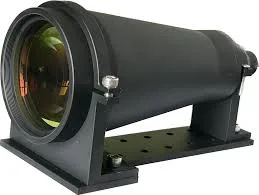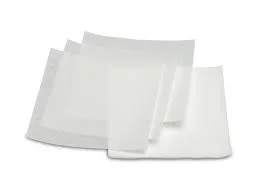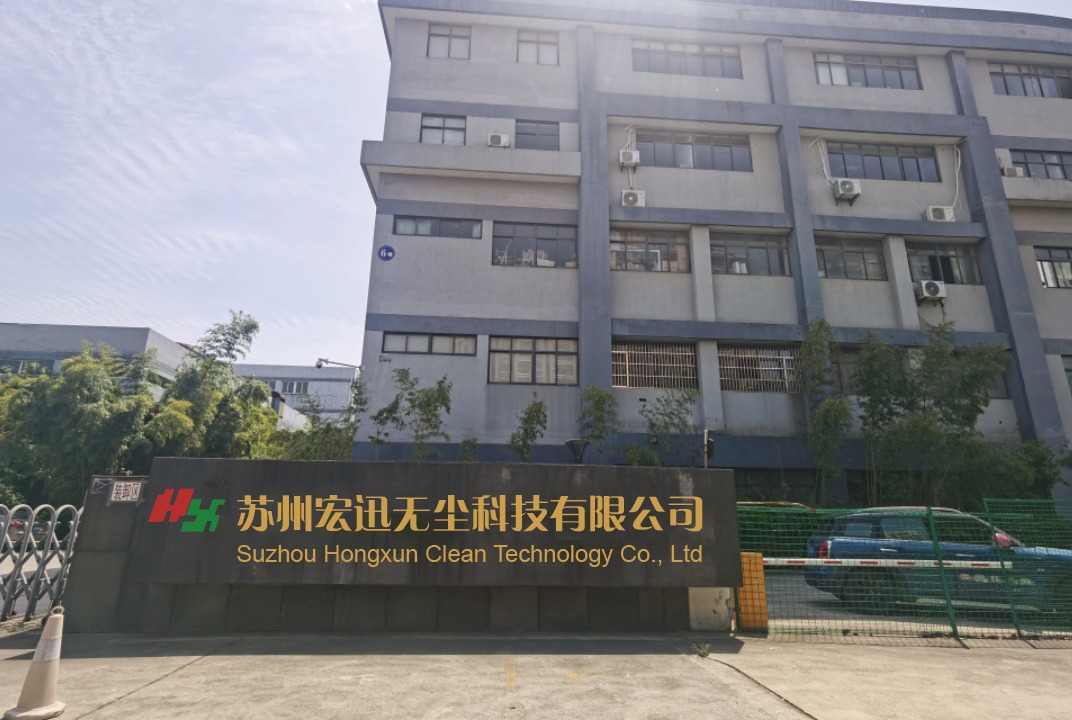In the high-precision world of LiDAR (Light Detection and Ranging) technology, the cleanliness of optical components such as lenses and mirrors is crucial for ensuring optimal performance. During production and assembly, cleaning processes need to be carried out with the utmost care to prevent contamination, scratches, or defects. Polyester knit wipes have become a vital tool in this process due to their effective cleaning capabilities, but like any cleaning method, they come with potential challenges.

Challenges in Using Polyester Knit Wipes for LiDAR Lens Cleaning
1. Generation of Microfibers and Residues
One common issue when using Polyester Knit Wipes, especially in the cleaning of LiDAR lenses, is the generation of microfibers or small residues during the cleaning process. These minute particles can stick to the lens surface and interfere with the performance of the LiDAR system.
Possible Causes
- Fiber Shedding from the Wipe: Polyester knit wipes, while designed to be lint-free, can sometimes shed small fibers when used, especially under heavy wiping pressure.
- Static Electricity: Static buildup during the wiping process can attract fibers or dust particles, making them stick to the cleaned surface.
- Improper Wiping Technique: Using excessive force or improper technique (e.g., circular motions or excessive pressure) may cause fibers to be released from the wipe.

2. Static Build-Up During Cleaning
Another issue that can occur is the buildup of static charge on the wipes, leading to particles being attracted to the lens after cleaning. This can compromise the accuracy and reliability of the LiDAR system.
Possible Causes
- Environmental Factors: Low humidity or dry environments can significantly increase static electricity, which can attract dust or fibers to the cleaned surface.
- Materials of the Wipe: Polyester, as a synthetic fiber, can generate static more easily compared to natural fiber-based wipes.
Solutions for Efficient Cleaning
While these issues are possible, they can be effectively mitigated by adopting proper procedures and selecting the right materials. Here are some recommended solutions to address the challenges:
1. Use High-Quality, Low-Lint Polyester Wipes
Ensure that the wipes being used are of high quality and designed specifically for optical and electronic component cleaning. Look for wipes that are proven to be low-lint, as this will significantly reduce the risk of microfibers being left behind.
Recommendation:
- Opt for double-knit or microfiber polyester wipes, as they are designed to minimize fiber shedding and offer superior absorbency without releasing particles.
2. Implement Anti-Static Measures
To reduce static electricity, anti-static wipes or an anti-static treatment applied to the wipes can help in minimizing the attraction of dust and debris to the cleaned surface.
Recommendation:
- Use anti-static wipes or anti-static sprays specifically formulated for use with polyester. Additionally, you can incorporate ionization in the cleaning environment to neutralize static charges.
3. Follow Correct Wiping Techniques
Proper cleaning techniques play a significant role in minimizing issues like fiber shedding and static buildup. Gentle wiping in a controlled motion is key to maintaining cleanliness and preventing damage.
Recommendation:
- Wipe in one direction and avoid scrubbing in circular motions. This reduces the chances of fibers breaking loose from the wipe.
- Apply minimal pressure to avoid releasing fibers from the material.
4. Control Environmental Conditions
Maintaining a controlled environment with optimal humidity levels (typically between 40-60%) can reduce static buildup and enhance the cleaning process.
Recommendation:
- Consider installing a humidity control system in the production area to maintain consistent conditions that will help reduce static electricity.
5. Regular Inspection and Maintenance
Lastly, regularly inspect the wipes and the cleaning equipment to ensure they are functioning optimally. Dirty or worn-out wipes may contribute to increased shedding or residue left behind on the optical components.
Recommendation:
- Regularly replace wipes once they show signs of wear or contamination.
- Ensure that all cleaning tools, including swabs and wipes, are properly stored to avoid contamination from dust or other particles.
Conclusion
Polyester knit wipes, when used correctly, are an excellent tool in ensuring the cleanliness and performance of LiDAR lenses during the production process. By understanding the potential issues, such as microfiber shedding and static buildup, and implementing the right solutions, manufacturers can maintain the quality of their optical components and ensure the highest standards for their LiDAR systems.
With careful selection of materials, proper techniques, and a controlled environment, cleaning can be performed efficiently, reducing the risk of contamination and ensuring superior performance for the end product.



